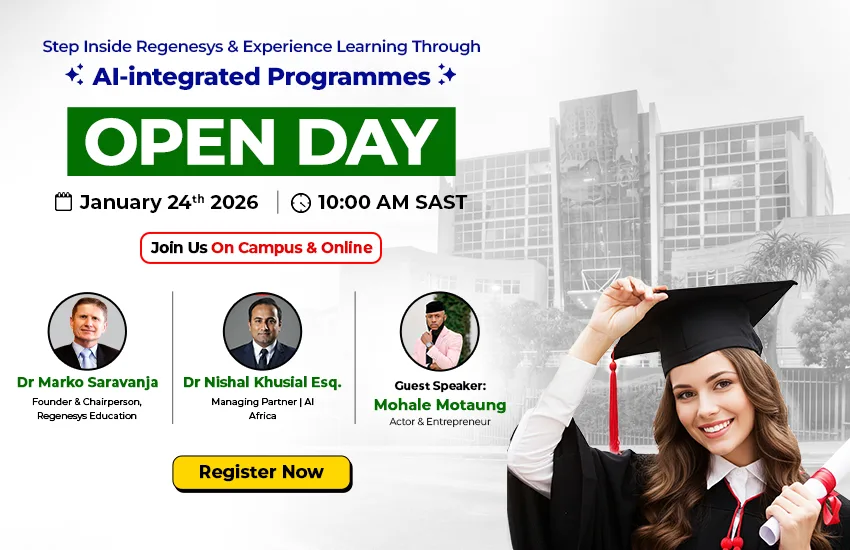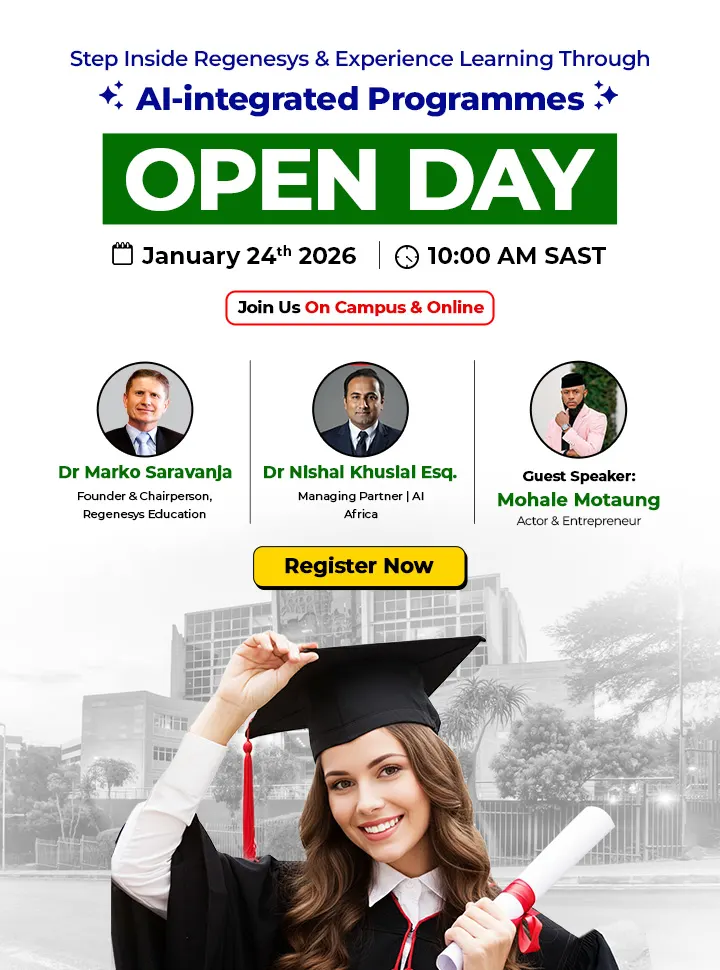Artificial Intelligence has been in the news on and off since the best part of last decade. We have seen several reports and experts calling for massive reskilling & loss of work. But have we really seen the impact of AI at work or in our personal life? Perhaps, it is slowly creeping in without us realizing.
Generative AI is the new buzz word. Ever since it made the noise in November 2022, it has taken over our feeds like no other. But is this going to weave into our life like Excel did or will it fade away like Metaverse did?
Leading the Gen-AI Adoption
If a leader is evaluating Generative AI for work, then Data is the critical prerequisite for that consideration. High quality data needs to be available in significantly high quantities and should not be spread across disparate systems. If that litmus test is cleared then we need to build the organizational buy-in and as with any other change management or digital transformation initiatives, it is a huge task. It really puts the negotiation and influencing skills to real test even for a CXO. The usual way, considering the stakeholder pressure as well, is to put together a taskforce and initiate a pilot with key success metrics built in. The key part to note is that the more the workforce engages with Generative AI, the more optimistic they are about using Generative AI proactively and feel less concerned about it.

Figure 1: Considerations for a leader
Data privacy and client confidentiality are the top risks that executives have identified in embracing Generative AI through a bard or a ChatGPT. There is enough confusion on how data will be used by the LLM for training or while giving a response to the prompts. If we are smart about it, there are ways to get away with this constraint without compromising the data security and other compliance requirements – if the contract or the company guideline permits it, can we prompt the LLM to recommend the parameters to consider for analysis with the column headings?
Once the above concerns are evaluated & acknowledged and the firm decides to go ahead, there are three approaches that it can take.
- Use open LLM like a ChatGPT or Google Bard
- Use a Tool specific LLM
- Build own private LLM
| Type of LLM | Description | Remark |
| Open LLM | Open AI, Google and Microsoft offer public LLM whose services are available to all. Their capabilities are nascent but are quickly improving its results every day. | Data privacy and confidentiality are key concerns for enterprises in using open LLMs |
| Tool specific LLM | There is a plethora of LLMs available to improve the productivity by automating specific mundane tasks – Midjourney for digital art (marketing) or Crystalknows (Sales) or Fireflies (Meeting notes) | These tools require a subscription cost and are relatively inexpensive. |
| Private LLM | Amazon and Google allow organizations to build private LLMs trained with their own data. This addresses many and most of the concerns about privacy & confidentiality. |
|
Hacking work with Gen-AI
Regardless of the approach one chooses, it is to be remembered that Generative AI, after all, is a tool (technology). The effective utility of the tool is determined by the user. For one to utilize it effectively, he / she needs to know the basics of the tool (prompting), the domain or the functional knowledge and finally the context to apply it. The user needs to be well versed with all three aspects to appreciate and apply the Generative AI tool effectively. Remember that Microsoft Excel was launched in 1985 and in the near four decades, how many of our colleagues know how to use it correctly and effectively. Will Generative AI have a similar path? I hope not.

Figure 2: Skills Required
According to McKinsey and Gartner, functions such as Sales, Marketing, Customer Service are among the functionalities that contribute to most productivity gains. However, fundamentally, any function which can consume a large amount of text data is ideal – text to text or text to image or text to video generation. Only so far can one go by learning prompting or getting access to the 100s of ‘recommended’ prompts. I believe that only a well skilled and competent individual can be a good prompter.
See the example here: If I were to write a prompt to generate the portrait of an elderly woman, I would probably write ‘portrait of an old woman smiling in her kitchen’. The image on the RIGHT is the result from Clipdrop/Stablediffusion (free version). A professional photographer would perhaps qualify it further like this ‘portrait of an old woman smiling in her kitchen, natural lighting, clear facial features, natural lighting, 35mm, f/1.8, realistic’. Notice the differences here: few of the keywords such as ‘realistic’ are from the prompting world. But the experience of being a photographer in the real world gave me keywords such as ‘natural lighting’, ‘clear facial feature’, and then the lens specs – ’35mm’ and ‘f/1.8’. The professional was replicating the image he had developed in his mind into an art. The differences are evident in the image on the LEFT – the facial features are more real and so are the hands.

Or, consider this example where a management consultant is working with a fast fashion company to reduce carbon footprint. The additional context has made a significant improvement to the response.
| Prompt/ Recommend ways to reduce costs across the supply chain while minimizing the company’s carbon footprint for a fast fashion company. Limit response to 200 words.
Google Bard |
Prompt/ Write as if you were a management consultant with 10 years of experience working at a global consulting firm. The situation is: your client is the CEO of a global fast fashion company. He is looking for ways to reduce costs across the supply chain while minimizing the company’s carbon footprint. Limit response to 200 words.
Google Bard |
Sure, here are some ways to reduce costs across the supply chain while minimizing the company’s carbon footprint for a fast fashion company, limited to 200 words:
|
Sure, here are some ways to reduce costs across the supply chain while minimizing the company’s carbon footprint:
|
Prompting works only when the context is clearly defined and when the fundamental understanding is strong. Else, the RoI on the investment on generative AI will be shunted and more by the human here; and we will blame the technology.
Winning in the Extra Time
What is also likely to happen is that Generative AI will free up time for the workforce. What should the management do with the released hours? Instead of exploring options to right-size the workforce, a progressive approach is to either allow employees to have that additional hours for themselves or use the freed-up time for ’employee engagement’ and ‘up-skilling’.
Far too often we have seen how employees find human resources unavailable; HR can spend that much time conversing with the employee. A salesperson can speak to a qualified (& engaged) lead 1-1. OR the time can be well spent on skilling for the future. The generative AI wave is a great opportunity to elevate employees away from routine & mundane tasks and focus on analysis, decision making & meaningful conversations.
The freed-up time also provides a window to support Middle Managers to become better People Leaders. There is often a lack of clarity among their minds with regards to their career progression – do I continue to be in the technical stream, or do I switch to the management stream OR, do I explore unfamiliar roles to extend my competency spectrum? They can be provided with personalized support to develop their people skills and give a direction on their career progression; infact, Generative AI itself can play the role of a personal tutor / coach / mentor for Middle Managers to guide them.
Skills for implementing Generative AI at workplace.
|
|
Awareness | Prompt | Tool | Domain |
Behavioural |
| Senior Management | What, Why and How Gen AI can impact business & work | Use ‘conversive’ English to ask the right questions to extract the right response | Stakeholder Management
Change Management Persuasion Mindset |
||
| Middle Management | Leverage use-case specific LLM to drive productivity | Refresher | People Skills
Career Coach Mindset |
||
| Junior Management | Refresher | Mindset | |||
| Entry level workforce | Refresher |
References
- The Impact of Generative AI on Manufacturing, Webinar, Gartner
- How Generative AI is Shaping the Future of Learning and Development, Mark Dearlove
- Change management considerations when using generative AI in the business, Jack Barnes
- Benefits of Generative AI in Ensuring Software Quality, Katalon
- Unleashing developer productivity with generative AI, McKinsey
- Exploit Generative AI for Happier, More Productive Software Developers, Webinar, Gartner
- The CEO’s Guide to the Generative AI Revolution, BCG
- Generative AI’s change management challenge, CIO
- Navigating Change Management In The Era Of Generative AI, Forbes
- The next frontier of customer engagement: AI-enabled customer service, McKinsey
- How Generative AI Is Already Transforming Customer Service, BCG
- How Generative AI Will Transform HR, BCG
- AI-powered marketing and sales reach new heights with generative AI, McKinsey
- Generative AI Will Change Your Business. Here’s How to Adapt, HBR
[1] Measuring trends in Artificial Intelligence, Stanford University






